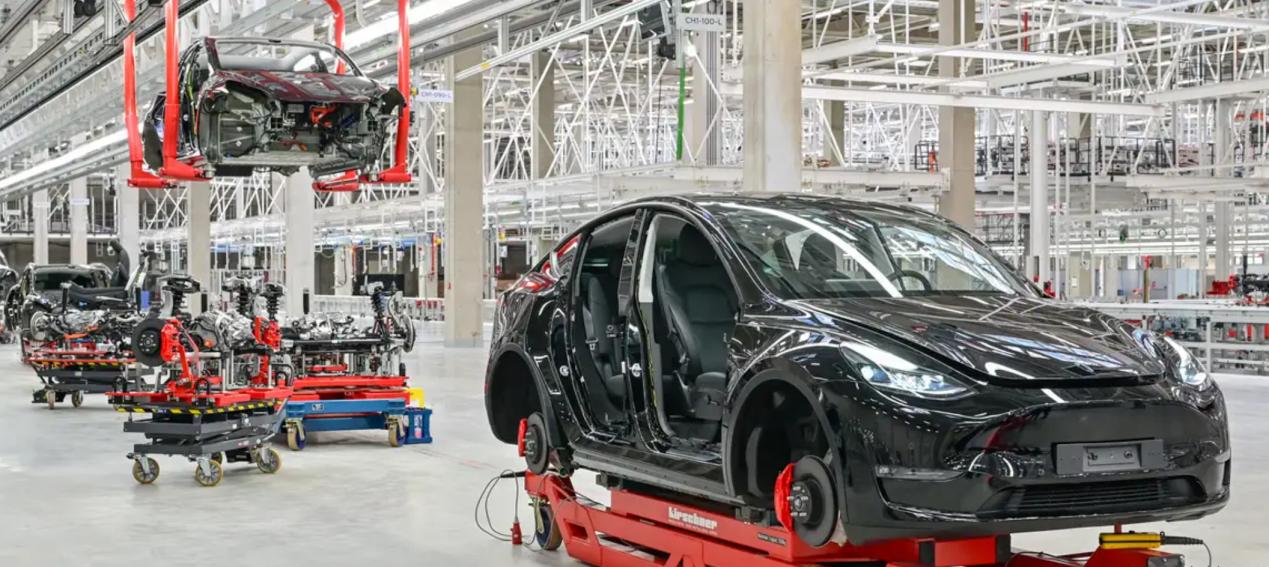
The revised data released on the 29th local time shows that the US gross domestic product (GDP) grew at an annual rate of 3% in the second quarter of this year, an increase of 0.2 percentage points from the initial estimate and higher than the 1.4% growth rate in the first quarter. This data may seem exciting, but upon closer analysis of its underlying components, it is not difficult to find that the US economic situation is far from optimistic on the surface, and there are actually many shortcomings and weaknesses.
From the data, personal consumption expenditure, which accounts for about 70% of the total US economy, increased by 2.9%, an increase of 0.6 percentage points from the initial estimate. The growth of personal consumption expenditure has to some extent supported the expansion of the US economy. However, the sustainability of this growth is questionable.
On the one hand, the confidence of American consumers is influenced by various factors, such as the instability of the job market, rising debt levels, and concerns about future economic prospects. Despite the current increase in consumer spending, these potential risk factors may weaken consumers' purchasing power at any time. On the other hand, the impact of the US government's fiscal and monetary policies on consumer spending cannot be ignored. In recent years, the US government has promoted economic growth through large-scale fiscal stimulus and loose monetary policy, but these measures have also brought side effects such as inflation and debt crisis. Once policies are adjusted or withdrawn, consumer spending may be greatly impacted.
The investment in non residential fixed assets investment reflecting the investment status of enterprises increased by 4.6%, of which the investment in equipment increased by 10.8%. This data indicates that companies have a certain level of confidence in the future economic prospects and are willing to increase investment to expand production and enhance competitiveness. However, the growth of corporate investment also faces some challenges.
Firstly, the uncertainty of the global economic situation has had a negative impact on the investment decisions of American companies. Factors such as trade frictions, geopolitical tensions, and slowing global economic growth may all lead companies to reduce investment or postpone investment plans.
Secondly, the domestic policy environment in the United States has also had a certain impact on corporate investment. Changes in tax policies, regulatory policies, and energy policies may all affect a company's investment decisions. In addition, the growth of corporate investment may also be constrained by technological innovation and market competition. In the rapidly changing technological environment, enterprises need to continuously invest a large amount of funds in technological innovation and research and development to maintain competitiveness. But the risks of technological innovation are high, and market competition is becoming increasingly fierce, which may make companies more cautious when making investment decisions.
At the same time, residential fixed assets investment fell by 2%, and the data increased by 16% in the first quarter. The decline in residential fixed assets investment reflects the instability of the US real estate market. The real estate market has always been an important component of the US economy, and its fluctuations have a significant impact on economic growth.
In addition to the specific issues mentioned above, the US economy also faces some structural weaknesses. Firstly, the trade deficit problem in the United States remains severe. For a long time, the trade deficit of the United States has been a pain point for its economy. The trade deficit not only leads to the outflow of resources, but may also affect the development of domestic industries and employment. Although the US government has taken a series of trade protectionism measures in an attempt to reduce the trade deficit, the effects of these measures are not significant and may instead trigger trade frictions and global economic instability.
Secondly, the debt problem in the United States is becoming increasingly prominent. The scale of the US government's debt continues to expand, exceeding a certain proportion of its gross domestic product. High levels of debt not only increase the fiscal burden, but may also trigger issues such as inflation and currency depreciation. In addition, debt issues may also affect the international credit rating and investor confidence of the United States, thereby having a negative impact on economic growth.
In summary, despite the good performance of the US economic growth data in the second quarter, the US economic situation still faces many challenges and weaknesses. Whether the growth of personal consumption expenditure is sustainable, the uncertainty faced by the growth of corporate investment, the instability of the real estate market, and structural weaknesses such as trade deficits and debt issues may all have a significant impact on the future development of the US economy.

The global electric vehicle market in 2025 is experiencing intense turbulence. Tesla, once a disruptor that reshaped the industry landscape, is now mired in an unprecedented sales crisis.
The global electric vehicle market in 2025 is experiencing …
Recently, Chinese telecom companies Huawei and ZTE signed a…
Recently, according to Xinhua News Agency, Israel's air str…
A strongly worded report from the Equality Trust argues tha…
On November 27, 2025, Alibaba officially entered the global…
The focus of the global financial market in 2025 has always…